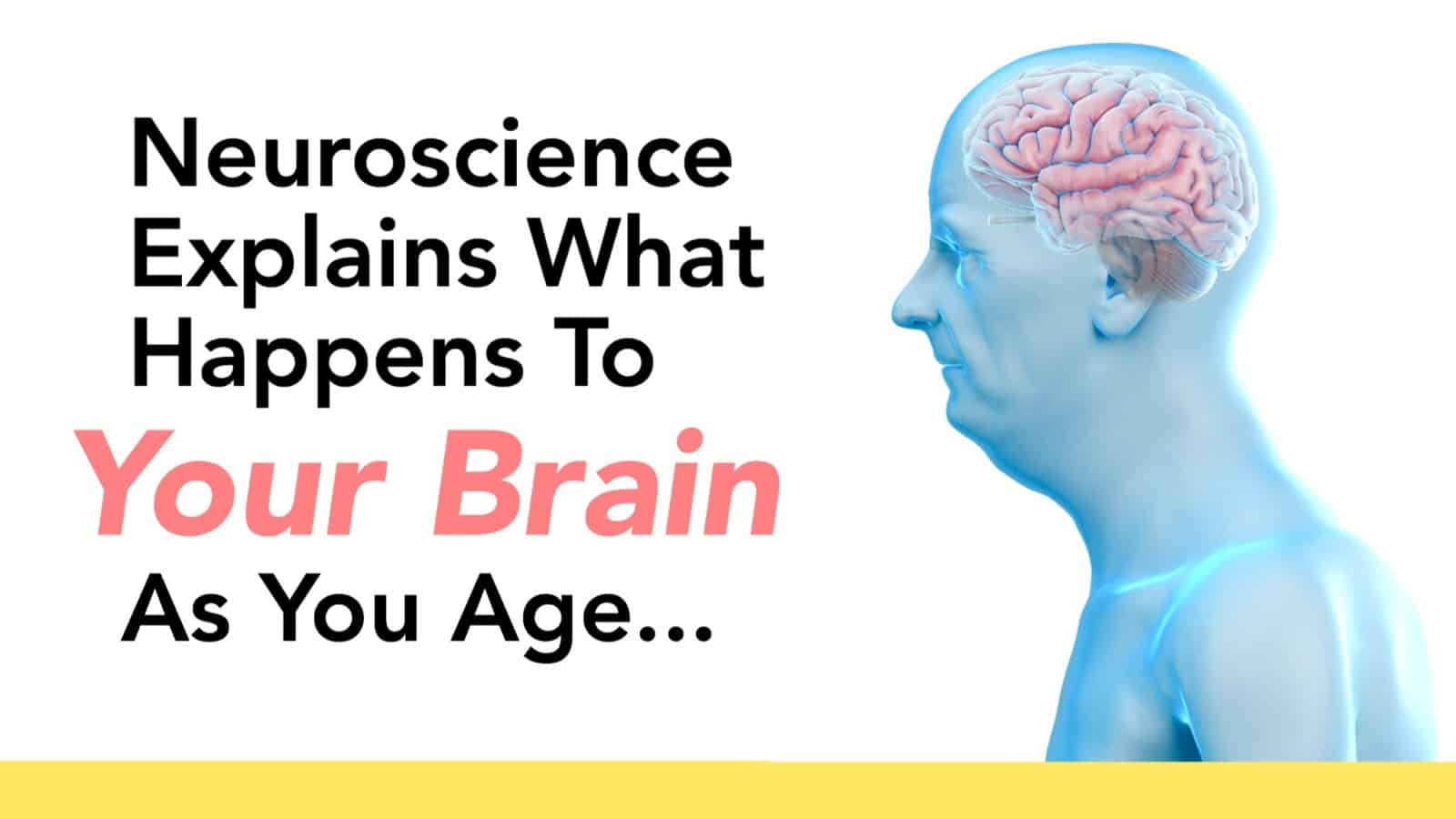Memory and neurons are two of the most prevalent topics under investigation by the scientific community today. With so many memory-related neurodegenerative diseases affecting the population and increasing numbers, understanding how the human brain works is more important than ever. That’s why it’s so exciting that researchers have made an interesting discovery in memory consolidation.
A team of researchers, led by professors from multiple universities, made the discovery. Credited to McGill University in Canada, the lead professors on the team were Dr. Nahum Sonenberg and Dr. Arkady Khoutorsky from McGill, Dr. Kobi Rosenblum from the University of Haifa in Israel, and Dr. Jean-Claude Lacaille from the Université de Montréal in Canada.
Their research discovered that two different neuronal systems are involved in memory consolidation and that each can be targeted independently to control long-term memory. This discovery leads to the possibility of targeted treatments for neurodegenerative such as Alzheimer’s disease and autism.
Understanding the research can be complicated if you don’t know some basics. This article will explain what neurons are, how memory works, and how the two neuronal systems contribute to memory. Keep reading to find out more.
How Does Memory Work?
Human memory is a complex process in which people obtain and retain information. It’s an understatement to say that memory is essential. For without it, a person can’t function. From the time a baby is born, memory allows the baby to become a functional person.
According to researchers at Harvard University, there are levels, or systems, of memory which psychologists call a “dual-process” memory. The first is where the “unconscious” actions are stored and retrieved. This includes walking, talking, and all the other routine actions people do without thinking about them.
The second is conscious memory, where things you try to remember are stored and retrieved. For the second system to function correctly, it must work in conjunction with system one.
Each one of the systems operates in three phases – encoding, storing, and retrieving information. There are two types of storage that you may be familiar with. They are short-term memory and long-term memory. Information first encodes to short-term memory and then transfers to long-term memory upon retention.
Short-term memory can only hold between five and nine bits of information at a time for up to 30 seconds. The more this information is repeated, the more likely it is to be transferred to long-term memory. From there, the brain can recall the information when needed.
Memory systems are made up of nerve cells called neurons. Neurons are the basic building blocks of the entire brain and central nervous system.
Researchers don’t know how many neurons the brain and central nervous system has, but they estimate the number to be around 100 million. They are split into three main systems, and, as stated in the research, two of these systems are now known to aid in the memory process.
The Two Neuronal Systems Involved in Memory
Neuronal systems are named after the function of neurotransmitters contained in the system. These chemicals send messages between nerve cells (called synapses) in the brain. There are over 40 neurotransmitters in the brain, categorized into three neural systems.
McGill researchers focused on the two neuronal systems most important for daily functioning. They are the excitatory and inhibitory systems.
Excitatory System
The name of the system accurately identifies what these neurons do. They “excite” the brain. Another way to put it is that they are more likely to result in the receiving neuron jumping into action.
For example, you can thank histamine for your allergic reactions. This is what triggers your immune system to get rid of foreign irritants that get inside your body. The allergic reaction doesn’t feel good, but it’s your body’s way of protecting you.
The excitatory neurotransmitters are:
-
Glutamate (Glu)
This is the most crucial neurotransmitter in the brain. It’s present in over 90% of brain synapses. Because it’s essential, your glutamate levels must be well-regulated, or nerve cell death can occur. This can lead to severe neurological conditions and diseases.
-
Acetylcholine (ACh)
This neurotransmitter can be used in both the excitatory and the inhibitory systems. It’s a significant player in the parasympathetic nervous system responsible for contracting muscles, slowing heart rate, dilating blood vessels, and regulating bodily secretions. People with Alzheimer’s disease often have a severe shortage of ACh.
-
Histamine
This neurotransmitter exists in many living organisms. It is responsible for activating the immune system in case of physical damage, infection, or allergic reaction in humans. Histamine allows blood vessels to dilate and become more permeable. This allows immune system cells to leak from blood vessels, travel to the injured spot, and begin the process of healing.
-
Dopamine (DA)
This is the neurotransmitter that’s responsible for your pleasure and reward reaction. In other words, it’s the “feel good” neurotransmitter. Dopamine production is increased with the excitement of something that provides you with a reward and decreases with disappointment or an ending of the exciting activity. It’s also responsible for many other functions in the body.
-
Norepinephrine (NE)
In conjunction with adrenaline (the next one on the list), this neurotransmitter regulates your reaction to stress. It helps increase your heart rate and blood pressure when needed. It’s also a major player in regulating your mood. It can cause mood reactions from euphoria down to depression.
-
Epinephrine (Epi) (adrenaline)
Epi, better known as adrenaline, is a neurotransmitter and hormone because of its role outside neurons in the brain. It’s responsible for the fight or flight response in times of stress. Because it significantly increases cardiac output, physicians use it to treat severe allergic reactions (anaphylaxis), respiratory distress, and revival attempts during CPR administration. It’s available in the form of an EpiPen when needed in emergencies.
Inhibitory System
Inhibitory neurotransmitters are the opposite of excitatory neurotransmitters – they’ll likely result in inaction by the receiving neuron. We can see an example of this in the role of serotonin. It acts as a regulator of excitatory neurotransmitters, essentially dampening their effect. A straightforward way to put this is that it’s a mood regulator. Researchers believe an imbalance in serotonin could contribute to the highs and lows of a bipolar person’s moods.
The inhibitory neurotransmitters are:
-
Gamma-Aminobutyric Acid (GABA)
This neurotransmitter is also an amino acid. It calms you during anxiety, stress, and fear. GABA supplements have become popular since this amino acid does not occur in many foods.
-
Serotonin (5-HT)
As explained above, it helps to regulate your mood. It also aids in digestion, sleeping, and eating. It can also help to control your bowel movements.
-
Dopamine (DA)
This neurotransmitter, as explained in the previous section, is also an excitatory neurotransmitter.
How These Systems Affect Memory
Researchers have already been exploring the idea that the excitatory system regulates memory. This occurs through an essential factor for protein synthesis called eIF2α, which is in the hippocampus. However, through the work of McGill University researchers, we now know that the inhibitory system also has the eIF2α essential factor.
Stimulating the eIF2α essential factor in excitatory and inhibitory systems enhances long-term memory storage. However, research shows that, in the excitatory system, phosphorylation of a subunit of eIF2α can inhibit the transition of information from short-term to long-term memory. This subunit of eIF2α is the central component of the integrated stress response (ISR).
This is where the inhibitory system comes in. When phosphorylation of the subunit of eIF2α in the inhibitory system occurs, this inhibits the IRS, causing the exact opposite effect – an enhanced ability for the brain to transition information from short-term to long-term memory.
How to Put This Discovery to Use
Now that researchers have discovered that a genetic change in the inhibitory system’s eIF2α essential factor can enhance storage in long-term memory, they hope to create treatments for people with neurodegenerative diseases that target this genetic change. This is significant because of the way that IRS relates to neurodegenerative diseases.
Some people have a specific version of the apolipoprotein E allele, which is a leading factor in developing neurodegenerative diseases. Known as ApoE4, this version of the allele creates an integrated stress response. Cellular stress signals lead to the phosphorylation of eIF2α in the excitatory system.
The ability to manipulate the phosphorylation of eIF2α will counteract the effects of the ApoE4 allele. In theory, no degeneration of neurons will occur if the allele can’t activate the IRS system. According to Dr. Nahum Sonenberg, scientists hope to use this new development to create preventative and post-diagnosis treatments for people suffering from neurodegenerative diseases.
Final Thoughts on the Research and the Two Neuronal Systems
The discovery of the neurons’ role in the inhibitory system for memory regulation is a massive breakthrough in the scientific and medical communities. Currently, there are no cures for neurodegenerative diseases, and treatments only prolong the inevitable. The diagnoses of these diseases are always fatal, even if it takes years. The afflicted person will suffer an increasingly diminished quality of life for as long as it takes for them to succumb to the disease.
With new cases of neurodegenerative diseases on the rise each year, humankind desperately needs a cure or effective treatment. The research has a long way to go. But this discovery offers hope to people at risk for cognitive diseases.
















 Community
Community

